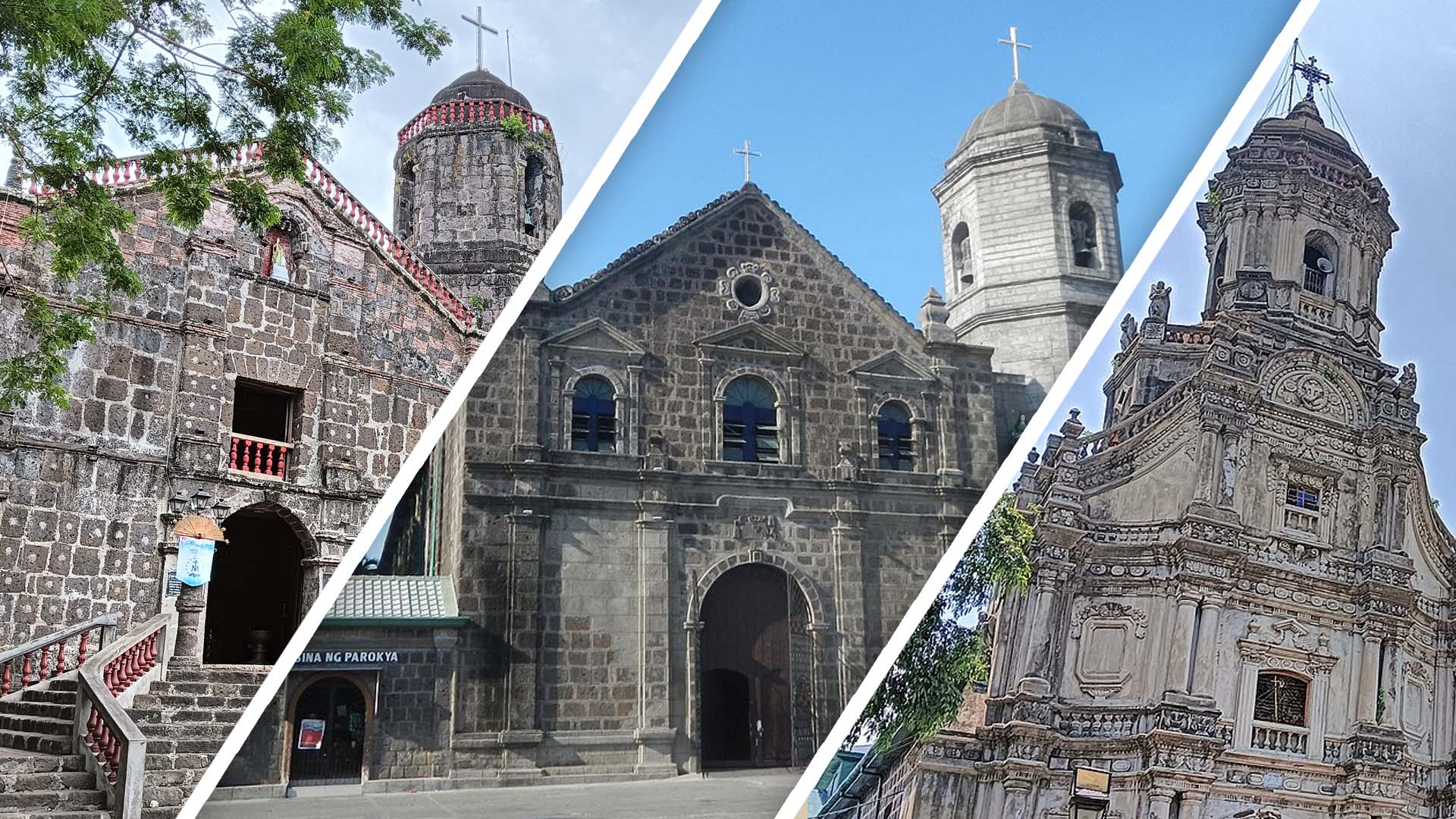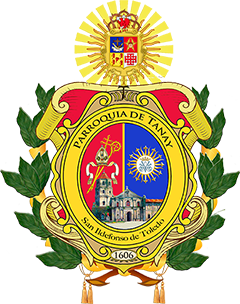Three Spanish-Era Churches in Antipolo Diocese declared National Cultural Treasures
By Social Communications
Published on February 27, 2025
DIOCESE OF ANTIPOLO – The National Commission for Culture and the Arts (NCCA) has added three Spanish-era churches in Rizal Province to its prestigious list of National Cultural Treasures (NCTs).
The newly designated NCTs are the Sta. Ursula Parish Church in Binangonan, the Diocesan Shrine and Parish of St. Joseph in Baras, and the St. Jerome Parish Church in Morong, including their associated complexes and ecclesiastical objects.
This designation brings the total number of NCTs in the Antipolo Diocese to four, with the San Ildefonso de Toledo Church in Tanay receiving the same honor in 2001.
NCTs are sites or structures with exceptional historical, cultural, and artistic value and represent the highest level of recognition a property can receive in the country.
Binangonan Church
The Binangonan Church, originally built in the 18th century, underwent significant renovations in 1853. The church’s retablos, which are examples of 18th and 19th-century monumental retablo styles, are considered remarkable by the diocese. Founded as a parish in 1621 by the Franciscans, the administration of the church shifted to the Jesuits in 1679 and then to the Augustinians in 1697. The Franciscans resumed control of the parish in 1737. A formal declaration of the church as a National Cultural Treasure will take place on March 2.
Baras Church
The Baras Church, recognized as the oldest Josephian parish on the southern Tagalog mainland, was originally built in 1595 by Franciscan missionaries. The town and church were relocated to Ibayo in 1636, but returned to their current site in 1682, with the present structure completed in 1686. The church’s retablo mayor and retablo menores are excellent examples of Baroque-style retablos, adapted to the Philippine context. The formal declaration of Baras Church as a National Cultural Treasure will take place on March 9, with various church and government officials expected to attend.
Morong Church
The Morong Church was constructed in 1615, following a fire that destroyed the original wooden structure. The church was completed in 1620 and was dedicated to St. Jerome. In the early 1850s, Franciscan Fr. Maximo Rico commissioned native craftsman Bartolome Palatino from Paete to renovate the church’s facade and build a bell tower. The diocese highlighted the church’s “high degree of integrity” and its ecclesiastical objects that reflect Philippine adaptations of European, Ibero-American, and Asian artistic styles.
These churches, along with their rich history and cultural significance, now stand as key landmarks of the Philippines’ heritage, showcasing the enduring legacy of Spanish colonial architecture and religious traditions in the country.
San Ildefonso de Toledo Parish, known as Tanay Church, was one of the first in the Diocese to receive such recognition on 2001.



